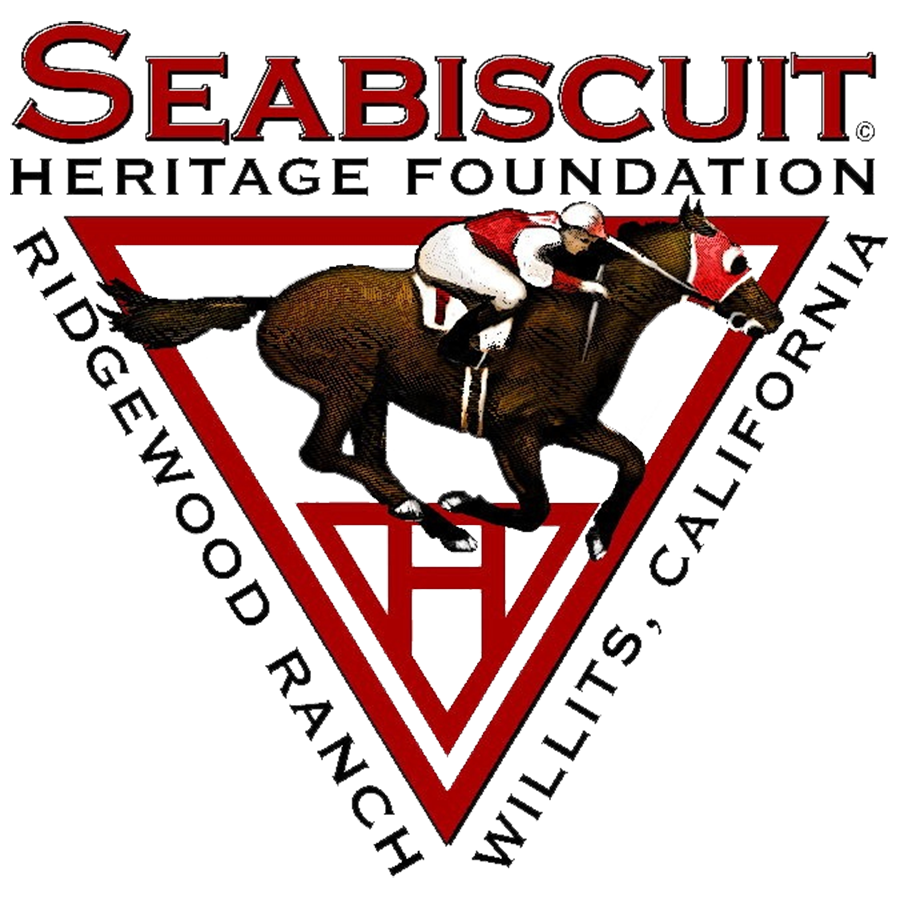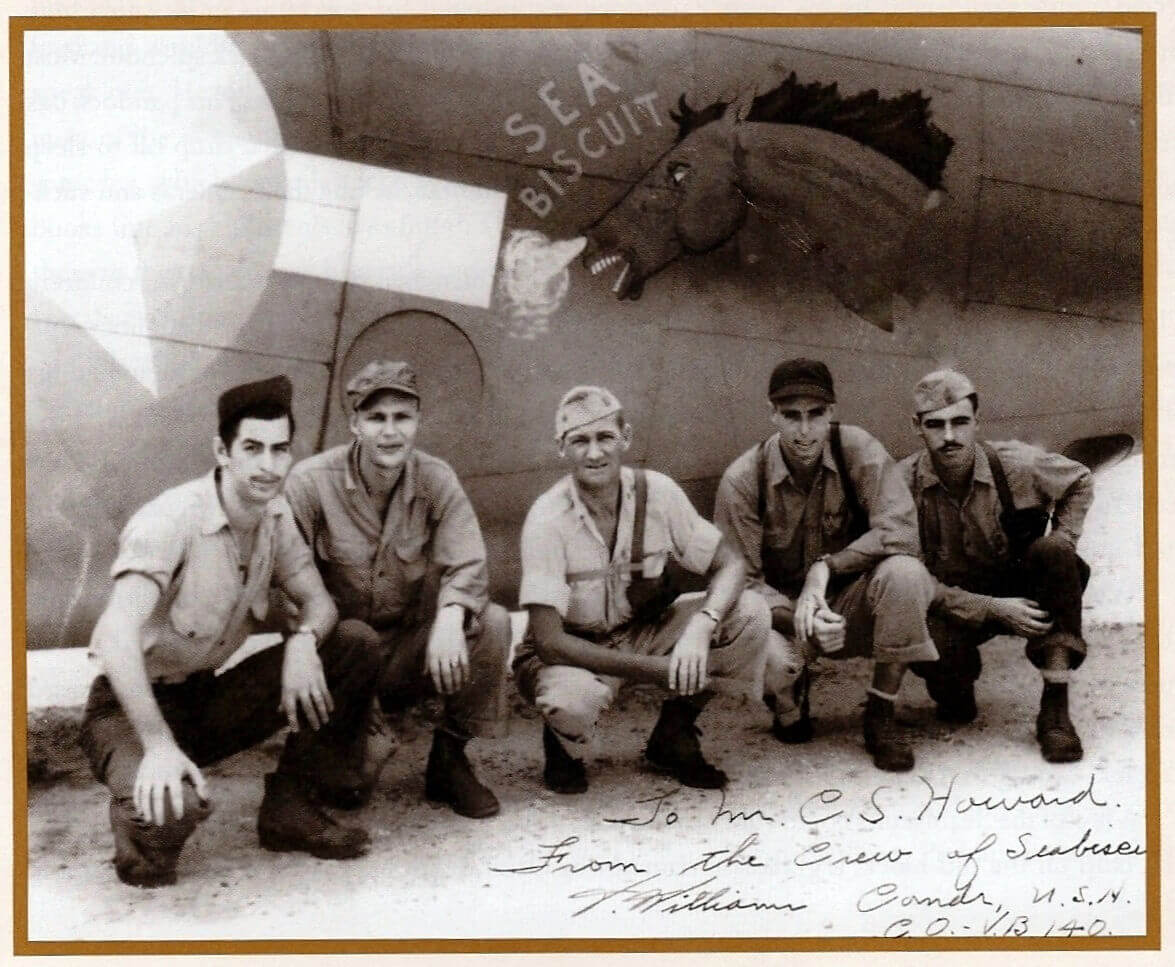WWII Seabiscuits (US Combat Aircraft)
In World War II, two American bombers were named for Seabiscuit. One was a US Navy Lockheed PV-1 Ventura & the other was a US Army B-25. Both saw action and faithfully served, with the latter being tragically lost with all its crew in combat with a Japanese destroyer.
by Col Mike Howard US Marines (Ret)
The best way to honor our heroes is to remember their service and sacrifice. Seabiscuit, the Thoroughbred racehorse, inspired American warriors in the United States Navy and the Army Air Corps during World War II. The inspiration was understandable when one notes the speed, endurance, dependability and heart of the horse, and the military aircrews associating these same attributes with their faithful aircraft.
With the recent Memorial Day & 4th of July events, I would like to focus on something that was important to both Laura Hillenbrand & me when her best-selling book Seabiscuit came out almost two decades ago. I had shared these stories with her, but the original book was limited by the publishers in us sharing “the rest of the Seabiscuit WWII story”. We had great family photos which were limited in the first edition, but this all changed with the breathtaking success of her original work and the desire of the publishers to now allow a new “Special Illustrated Collector’s Edition”. Laura is an American patriot, so I was extremely pleased when she wholeheartedly supported the idea of sharing these two WWII stories. Interesting that she would later, in Unbroken, also be sharing another WWII aviation story about a B-24 crew in which another airmen, Louis Zamperini, served.
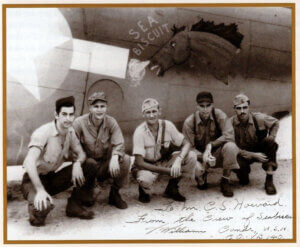
The first story honors a Navy crew in 1943 based in the Solomon Islands. They named their Lockheed PV-1 Ventura high performance, twin engine bomber “Seabiscuit”. They took the time to have a group photo taken on Henderson Field, Guadalcanal, and send this to my Great Grandfather, Charles S. Howard, who cherished it and passed it down to me through Marcela Howard. It is signed by Commander Williams, Commanding Officer of Navy VB Squadron 140. She knew the connection I would have as a US Marine and heavy fighting Marines had done in seizing and holding Guadalcanal from August 1942 onward to victory. The Lockheed Ventura had another connection as it was the first night fighter in US Marine aviation history.
The Lockheed PV-1 Ventura had a maximum speed of 322 mph. Its maiden flight was 31 July 1941. It usually had a crew of five. It was 51’5” long with a wingspan of 65’7” and was built by the Lockheed Corporation. It had an average 1,360 mile range and could carry 2,500 lbs. of bombs. A total of 2,475 Venturas were built during WWII.
For the United States Navy, the Lockheed PV-1 Ventura had an interesting history. During the early months of 1942, the primary responsibility for anti-submarine warfare in the United States was shouldered by the Army Air Forces. This irked the Navy, as it considered this region of battle its burden. To carry out such a task, the Navy was pursuing a long-range, land-based patrol and reconnaissance aircraft with a substantial bomb load. This goal was always resisted by the Army Air Forces, which carefully protected its monopoly on land-based bombing. This forced the Navy to use long-range floatplanes for these roles. The Navy was unable to upgrade to more capable aircraft until the Army Air Forces needed the Navy plant in Renton, Washington to manufacture its Boeing B-29 Superfortress. In exchange for use of the Renton plant, the Army Air Forces would discontinue its objections to Naval land-based bombers, and provide aircraft to the Navy. One of the clauses of this agreement stated that production of the B-34 and B-37 by Lockheed would cease, and instead these resources would be directed at building a ‘navalized’ version, the Lockheed PV-1 Ventura.
The PV-1 began to be delivered in December 1942, and entered service in February 1943. The first squadron in combat was VP-135, deployed in the Aleutian Islands in April 1943. They were operated by three other squadrons in this theatre. From the Aleutians, they flew strikes against Paramushiro, a Japanese island. Often, PV-1s would lead B-24 bomber formations, since they were equipped with radar. In late 1943, PV-1s were deployed to the Solomon Islands and to the newly captured field at Tarawa in the Gilbert Islands.
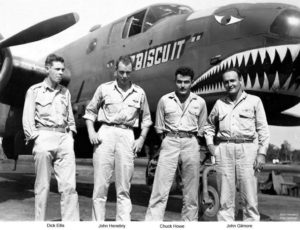
The second story is of a US Army B-25 Mitchell twin engine bomber (yes, the same type used by Jimmy Doolittle in April 1942 on the famous first American attack on the Japanese homeland). The Army squadron operated out of New Guinea against Japanese bases and shipping. This was always dangerous depending on enemy anti-aircraft capability and fighters. This Army squadron had an aggressive and solid record in taking out Japanese shipping. But sadly, on 6 April 1945, this “Seabiscuit” was shot down and crashed into the ocean after taking a direct hit from the IJN (Imperial Japanese Navy destroyer) Amatsukaze. Sadly, the entire crew was Killed In Action. Pilot Joseph Herick, copilot Dale W. McFarland, radio gunner John F. Burke, navigator Julius Cohen, and engineer gunner Finley C. Smith Jr. were lost with their aircraft. They were avenged weeks later when Amatsukaze was again located and stacked, this time being sunk by US aircraft.
The North American B-25 Mitchell was a distinguished WWII US aircraft. It was an American twin-engine, medium bomber manufactured by North American Aviation (NAA). The design was named in honor of Major General William “Billy” Mitchell, a pioneer of U.S. military aviation. Used by many Allied air forces, the B-25 served in every theater of World War II. It was produced in numerous variants, with nearly 10,000 Mitchells rolled from NAA factories. These included a few limited models, such as the United States Marine Corps‘ PBJ-1 patrol bomber.
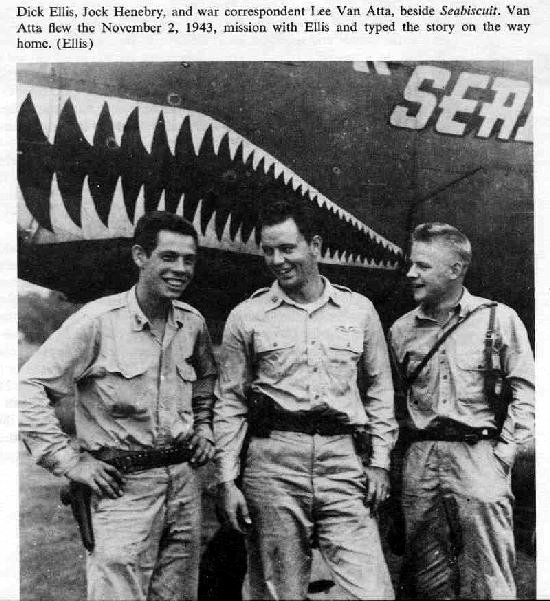
North American continued design and development in 1940 and 1941. Both the B-25A and B-25B series entered USAAF service. The B-25B was operational in 1942. Combat requirements lead to further developments. Before the year was over, NAA was producing the B-25C and B-25D series at different plants. Also in 1942, the manufacturer began design work on the cannon-armed B-25G series. The NA-100 of 1943 and 1944 was an interim armament development at the Kansas City complex known as the B-25D2. Similar armament upgrades by U.S-based commercial modification centers involved about half of the B-25G series. Further development led to the B-25H, B-25J, and B-25J2. The gunship design concept dates to late 1942. The factory-produced B-25G entered production followed by the redesigned B-25H gunship. The B-25J reverted to the bomber role, but it, too, could be outfitted as a strafe.
The Mitchell was an exceptionally sturdy aircraft that could withstand tremendous punishment. It had a maximum speed of 271.97 mph and a range of 1,350 miles. Its maiden flight was 19 August 1940. It was 52’11” long with a wingspan of 67’7”. Its cruising speed was 230 mph.
What an honor that two such American aircraft during WWII would be chosen by their flight crews, Navy and Army, to be named Seabiscuit.
This meant a lot to Charles S. Howard, who himself was an Army vet of the Spanish American War. He had three sons and a grandson serving in WWII. First born son Charles Stewart Howard II, second son Lindsay Coleman Howard Sr., both served in the US Army, and third son Robert Stewart Howard, served in the US Navy, with grandson Lindsay Coleman Howard Jr. serving in the United States Marine Corps
Yes, the name “Seabiscuit” continued to inspire and motivate Americans throughout WWII, where some 16,000,000 Americans served in the US military and achieved victory!
